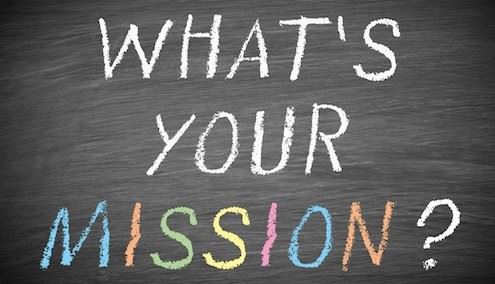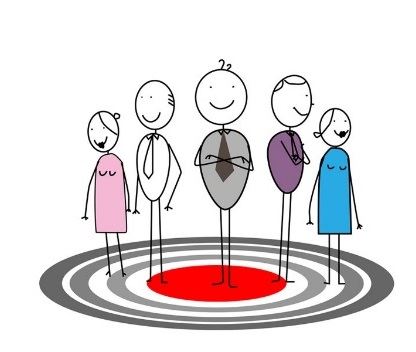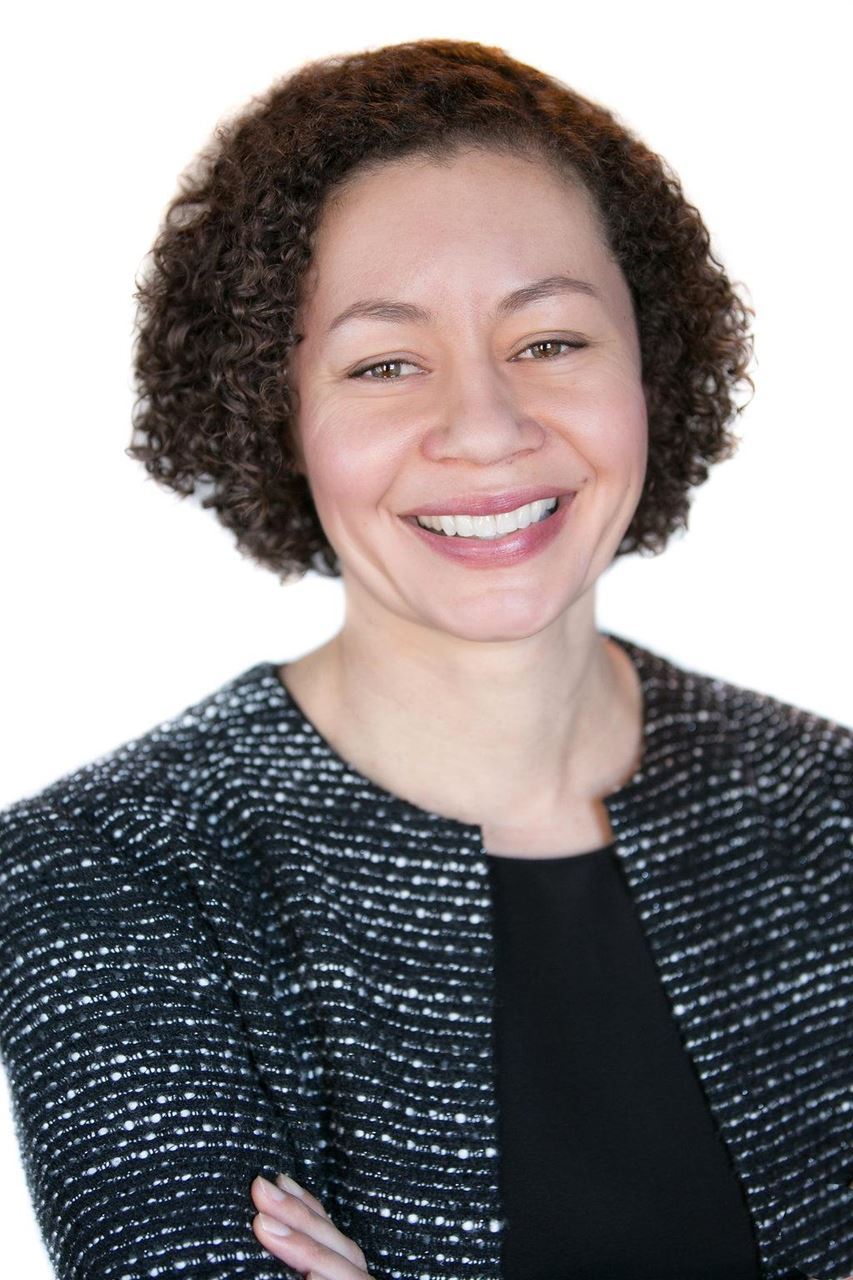A full evaluation program requires data systems and analytic capacity. Many organizations or programs feel like they’re not prepared to start building their internal evaluation capacity until they have developed logic models and databases. But there are only two elements that need to be in place in order to start evaluating your program. They are clarity about your organization’s mission and clarity about your organization’s target population. These elements are required to focus all of your data collection and analysis.

© LinkedIn 2015
Mission clarity is a single, shared understanding of why your program is in business. While most organizations know very well what they do, there is sometimes a lack of clarity about why they do it. For example, if you run an after-school program for teens, it could be intended to improve the youths’ academic skills (an educational goal), help them explore careers that might interest them (a workforce development goal), or pair them with a caring adult (a positive youth development goal). In order to begin building an evaluation program, the program’s mission needs to be clear. Without clarity about your program’s real mission, it will be impossible to prioritize performance measures or design performance measures that communicate your program’s value to all of your stakeholders.
One way to document your organization’s mission is a simple strategy map, documenting the activity, the immediate outcome for your participants and the long-term outcome that you envision for them. It can be as simple as this:
tutoring à passing grades à high school graduation à careers à economic well-being
Developing this strategy map can be challenging, particularly when there are many possible positive outcomes based on the activity that your organization provides. It’s a necessity because your data collection systems will be organized around outcomes that serve that one central purpose.

© Brands with Fans 2015
The second thing you need is consensus about who exactly your organization serves. Who is best positioned to benefit from your program? Who is the most important population for your program to be serving? For example, in the above example, if your program serves an academic goal, the most important population to serve would be youths who are at risk of leaving high school without a diploma. If the goal is a workforce development one, the target population might be youths who are early enough in their high school careers to choose electives based on their future career plans. If your program’s goal is mentorship, your target population might be young people who are developmentally most able to benefit from a mentoring relationship. Measuring how closely the population you serve mirrors your ideal population requires perfect clarity in that area. Clarity about who you serve will organize all of your data collection and analysis and define your unit of analysis.
With these two things in place, your organization will be ready to develop measures that really indicate whether your organization is helping the population that you intend to serve and whether it is helping to move your participants or clients toward their goals. Equally important, this clarity will help you avoid collecting unnecessary data or focusing on metrics that don’t really drive your organization’s performance.
By Pieta Blakely, PhD
 Pieta Blakely is a researcher and evaluator, specializing in quantitative evaluations of workforce development programs and local economic development initiatives. She has led multiple evaluation projects spanning education, labor economics, and urban economic development topics.
Pieta Blakely is a researcher and evaluator, specializing in quantitative evaluations of workforce development programs and local economic development initiatives. She has led multiple evaluation projects spanning education, labor economics, and urban economic development topics.
As the Principal of Blakely Consulting, LLC, she focuses on working with not-for-profit organizations to build evaluation capacity, integrate evaluation into their program logic models, and use learning for strategic planning. Her clients include a range of anti-poverty and social justice organizations, particularly those that serve disadvantaged and minoritized youth.
Dr. Blakely received her BA from Brown University in Organizational Behavior and Management and Anthropology, her MS in Administrative Science from Boston University, her MEd from Harvard University, and her PhD from Brandeis University in Social Policy.